Vaccinium corymbosum
Highbush Blueberry
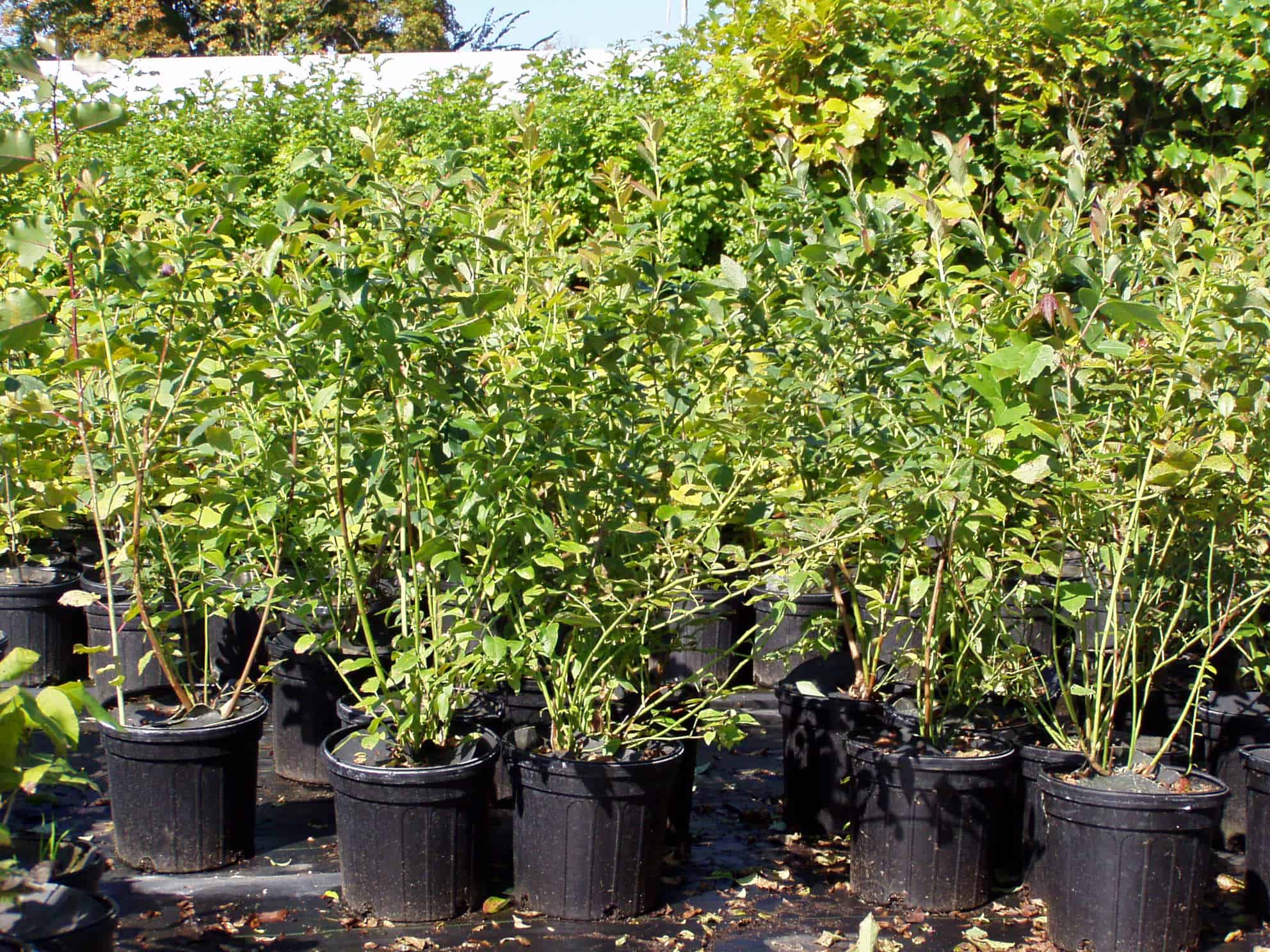
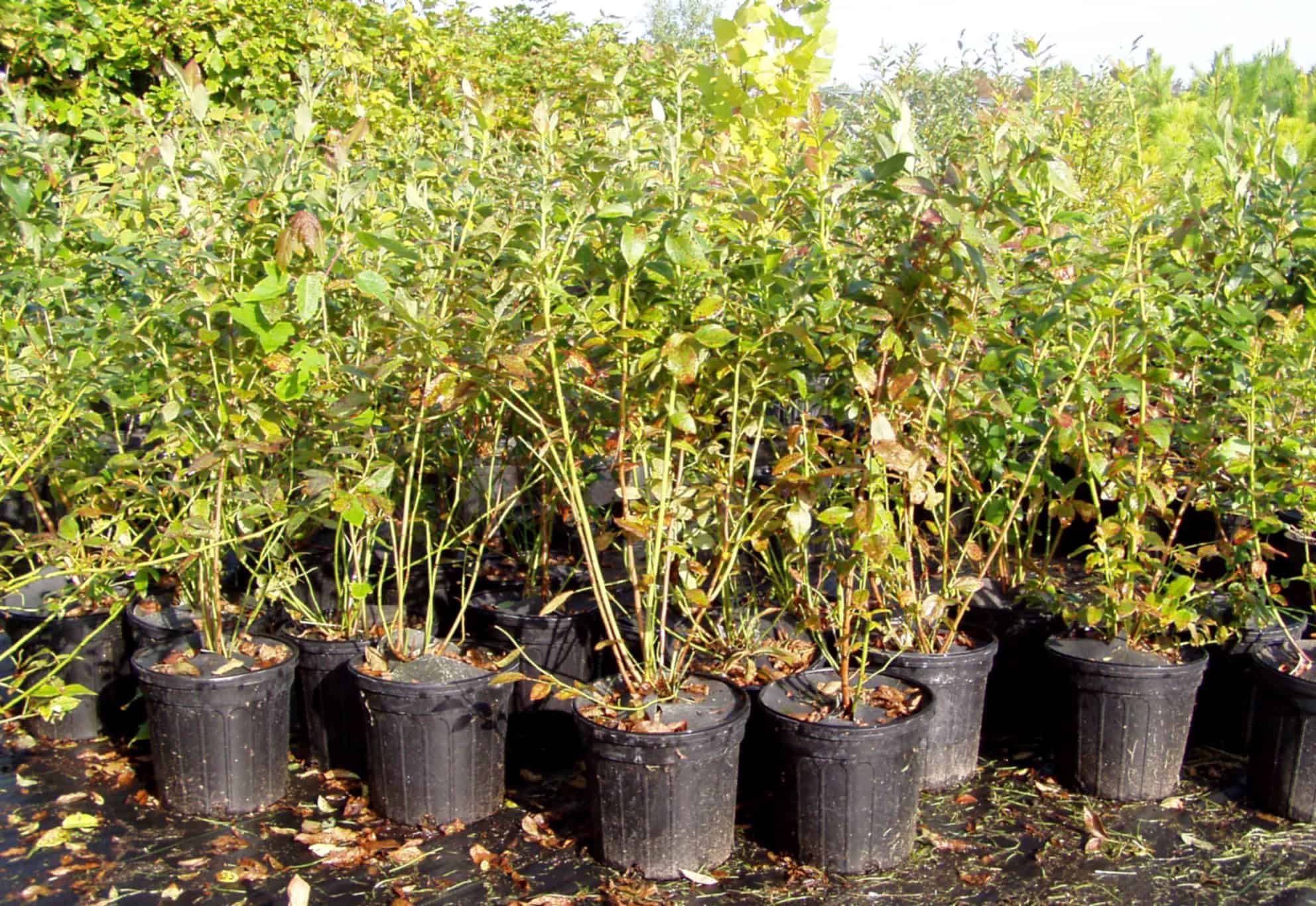
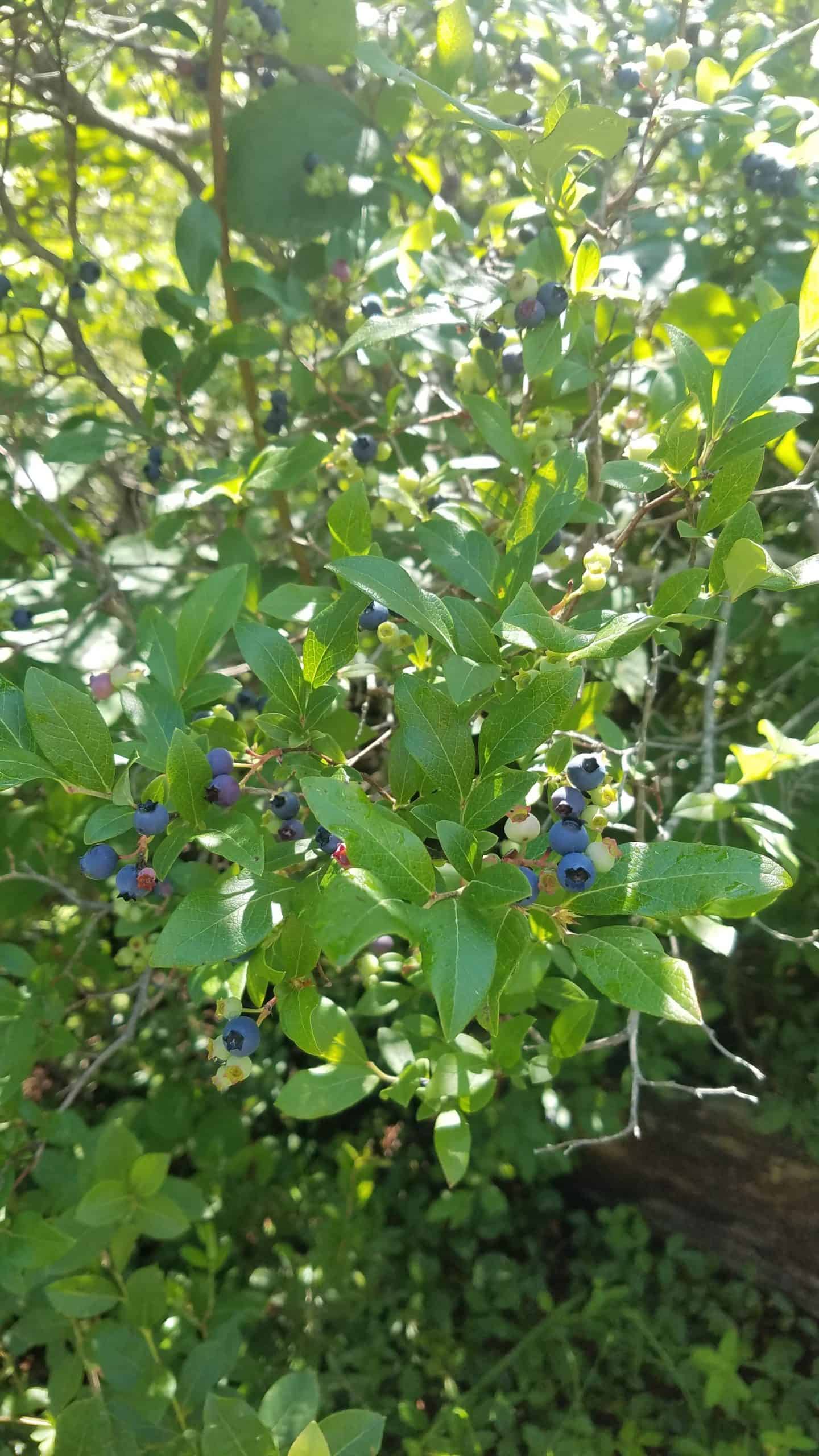
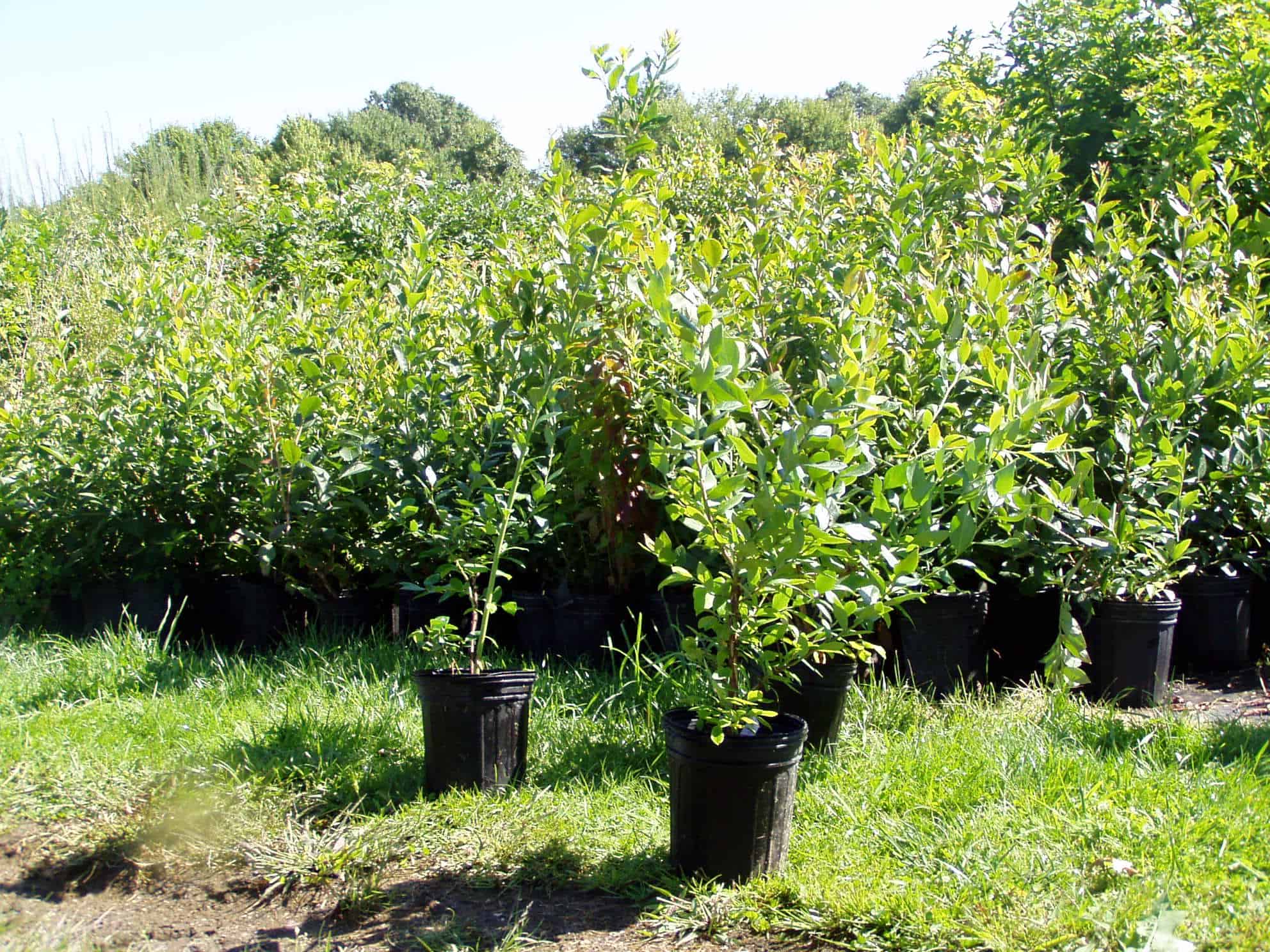

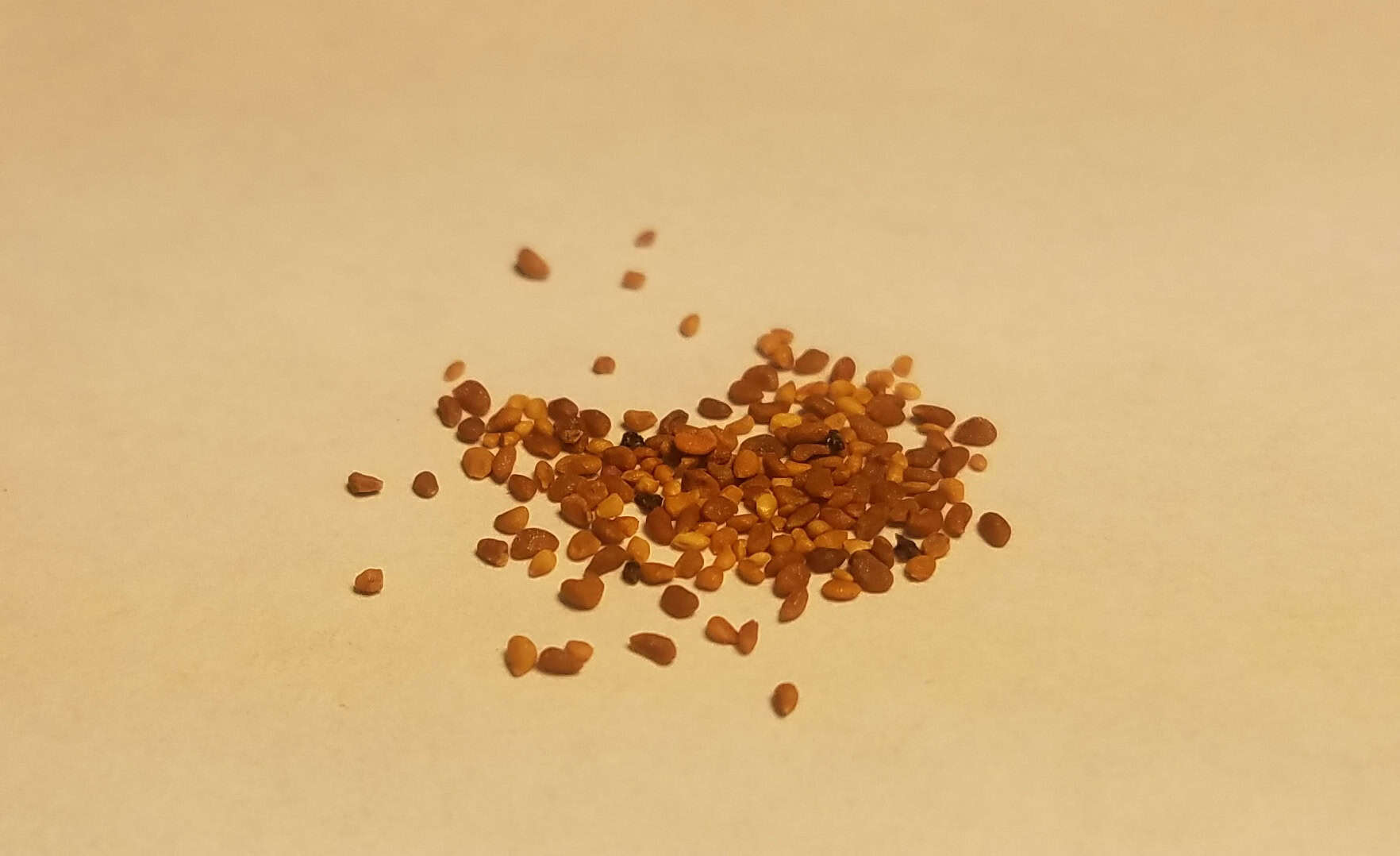
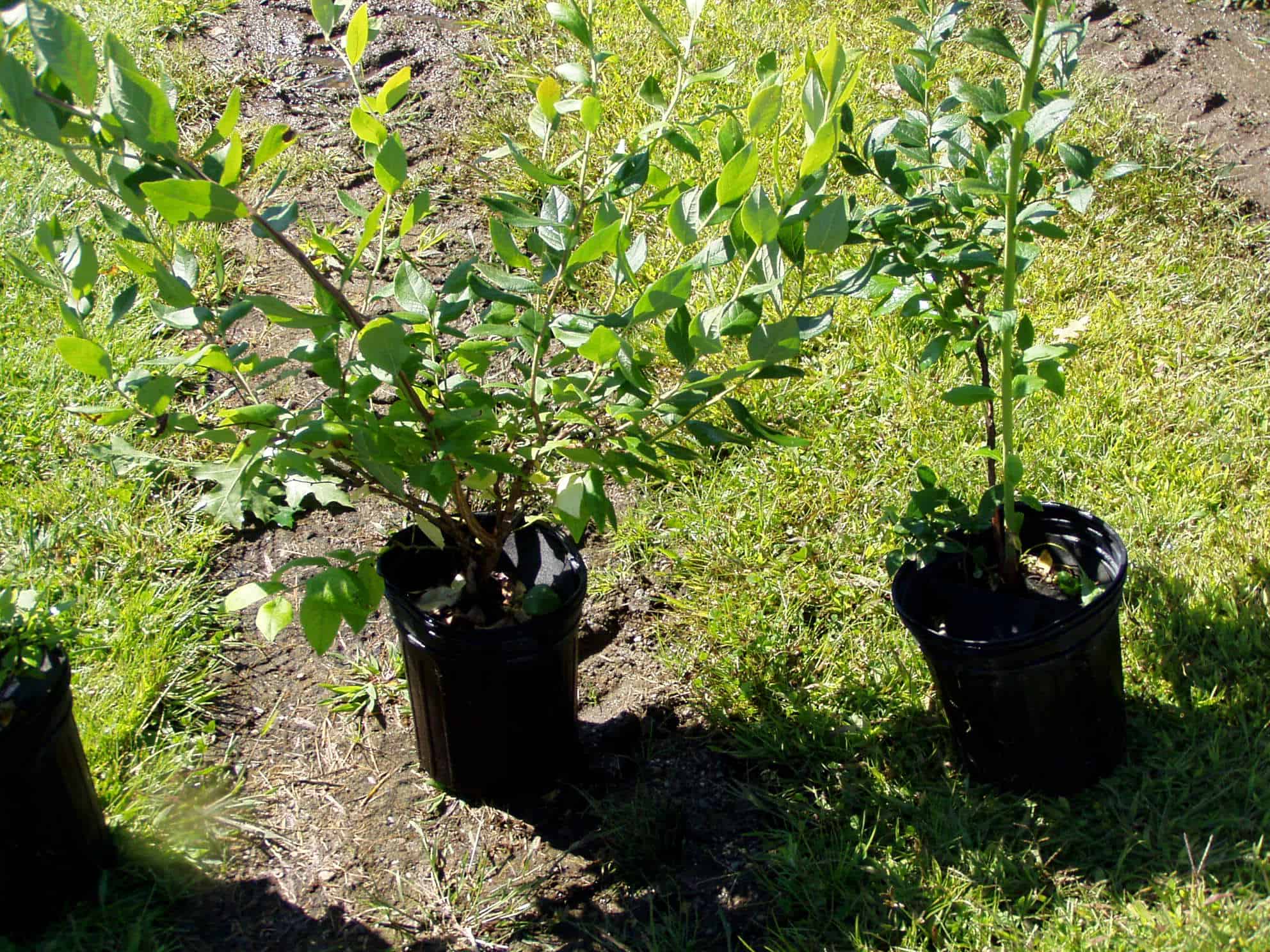

General
Highbush blueberry is a tall, upright, multi-stemmed shrub (6 – 12 feet), often found in wetlands, producing abundant blue fruits that attract humans, bears, and birds.
Plant Description
Highbush blueberry is a tall, deciduous shrub to 12 feet with alternate, simple, ovate leaves 1 to 3 ½ inches long, and half as wide. The flowers are urn-shaped, white or pink-tinged, 1/3 inch long and blooming in May. The famous blueberry ranges in size from ¼ inch to 1 inch and ranges in sweetness and palatability, which has led to the asexual reproduction of many different cultivars for commercial use, but some very tasty berries can be found in the wild, if one is willing to sample. The dark green leaves turn yellow, orange, or red for a beautiful fall display.
Height (ft)
12
Spread (ft)
12
Soil moisture
Highly variable, from wetland soils to sandy soils
Soil types
Acidity is a must. Plants will turn chlorotic if soil isn’t acidic.
Wetland indicator
FACW
Shade tolerance
Tolerant (Full sun to partial shade)
Bloom color
White, Light Pink
Bloom period
May, Before Leaves
Fall conspicuous
Yes
Anaerobic tolerance
Medium
Drought tolerance
Low
Salinity tolerance
High
Mono/dioecious
Dioecious
Range
Highbush blueberry has a broad range and is native to central and eastern Canada south to Florida and west to Texas, but it’s also native to the Pacific Northwest. Cultivars selected for fruit production have expanded this species’ native range even more.

Kartesz, J.T. 2024. Floristic Synthesis of North America, Version 1.0. Biota of North America Program (BONAP) [website http://bonap.org/]
Additional Information
According to BRIT - Native American Ethnobotany Database, the Algonquin and Iroquois eat the berries raw, canned, in baking for pies and cakes, into preserves as well as sold to stores for income.
